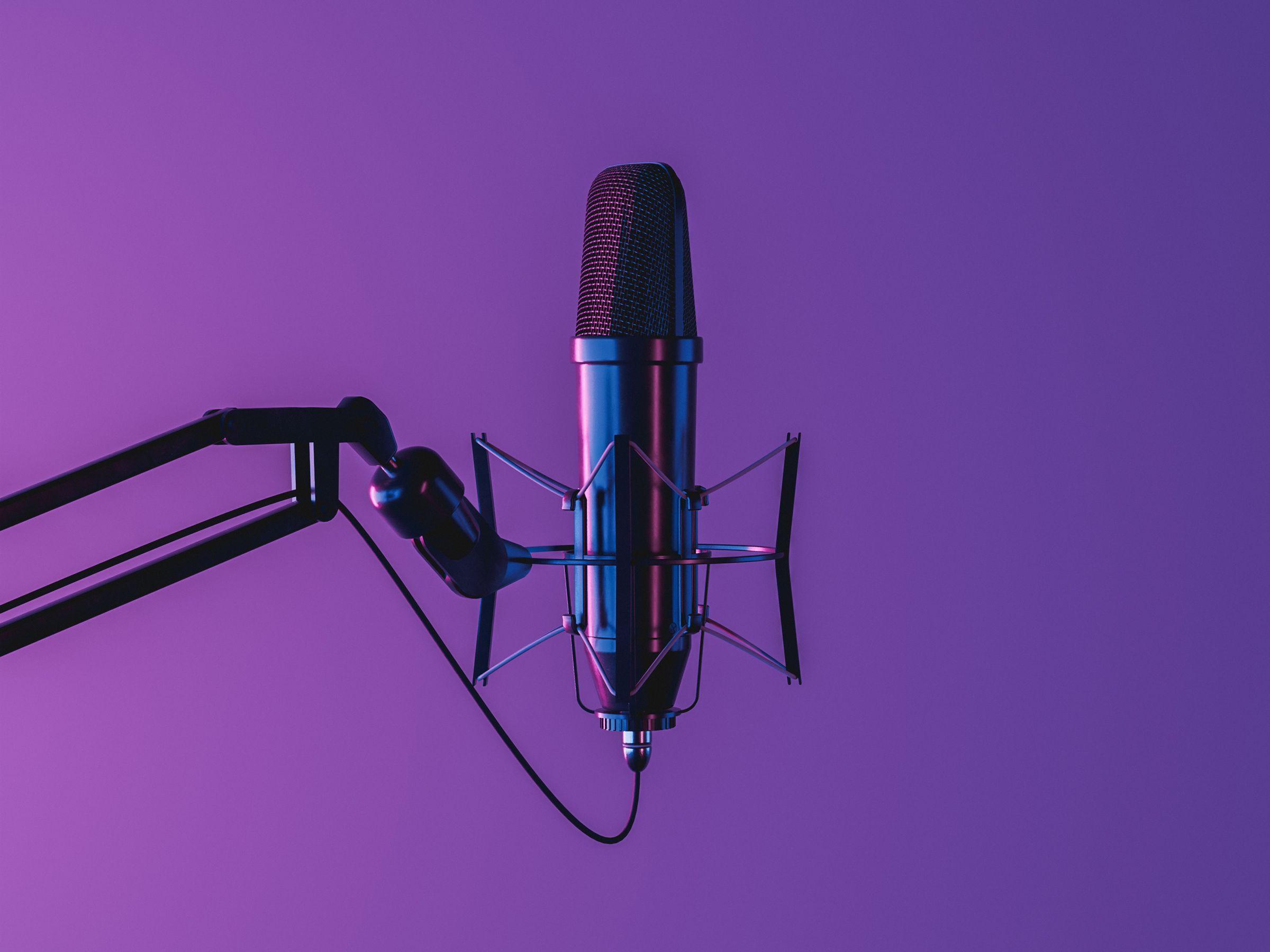Introduction: What is a Podcast & How Does it Work? (Ultimate Guide)
Have you ever found yourself binge-listening to captivating stories or expert interviews while commuting, exercising, or just relaxing at home? If so, you’ve already dipped your toes into the fascinating world of podcasts! But what exactly is a podcast, and how does it work? Whether you’re a seasoned listener or a curious newcomer, understanding the ins and outs of podcasts can open up a treasure trove of content tailored to your interests. In this ultimate guide, we’ll demystify the podcasting phenomenon, explore the technology behind it, and show you how to find, create, and enjoy this dynamic medium. So, grab your headphones and get ready to dive deep into the exciting realm of podcasts—where entertainment and information meet in a way that’s just a play button away!
Understanding the Podcast Phenomenon and Its Growing Popularity
The podcasting landscape has seen a meteoric rise in recent years, captivating audiences around the globe. This audio medium has become a staple in many people’s daily routines, offering a unique blend of entertainment, education, and engagement. With an ever-increasing number of shows available, it’s clear that podcasts have struck a chord with listeners who crave diverse content delivered in a convenient format.
One of the key factors contributing to the popularity of podcasts is their accessibility. Unlike traditional media, podcasts can be consumed on-the-go, whether during a commute, while exercising, or even while multitasking at home. This flexibility allows listeners to integrate informative and entertaining content into their busy lives seamlessly. Additionally, the rise of smartphones and streaming platforms has made it easier than ever for users to find, subscribe to, and listen to their favorite shows anytime, anywhere.
Another compelling aspect of podcasts is the diverse range of topics available. From true crime to self-improvement, technology to storytelling, there’s a podcast for virtually every interest. This variety not only attracts a wider audience but also fosters niche communities where listeners can connect over shared passions. Furthermore, the intimate nature of audio storytelling creates a personal connection between the host and the audience, drawing listeners into the conversation and encouraging engagement.
Podcasts also offer creators a unique platform to express their viewpoints and share their expertise. Unlike traditional media, where gatekeepers can often dictate what gets airplay, podcasting allows anyone with a microphone and an idea to potentially reach a global audience. This democratization of content creation has led to a surge in diverse voices and perspectives, enriching the podcasting ecosystem. Moreover, many creators leverage this medium as a way to build their brands or promote their businesses, adding an entrepreneurial element to the podcasting phenomenon.
| Benefits of Podcasts | Examples |
|---|---|
| Accessibility | Listen anytime, anywhere |
| Diverse Content | Topics ranging from comedy to education |
| Creator Empowerment | Everyone can share their voice and ideas |
| Community Building | Niche communities around interests |
the podcast phenomenon is not just a passing trend; it represents a fundamental shift in how we consume audio content. By understanding the factors driving this growth, both listeners and creators can appreciate the immense potential of podcasts to inform, entertain, and connect people across the globe.
Breaking Down the Anatomy of a Podcast: Key Components Explained
Podcasts are an intricate blend of various elements that come together to create captivating audio experiences. Understanding these components can significantly enhance both the production and consumption of podcasts. Here are the essential parts that make up a podcast:
- Format: Podcasts can take various forms, such as interviews, storytelling, panel discussions, or solo commentary. Each format serves a different purpose and appeals to different audiences.
- Content: At the heart of every podcast lies its content. This could range from education and entertainment to news and personal stories. Quality content keeps listeners engaged and encourages them to return for more.
- Hosting: The host plays a crucial role in shaping the podcast’s tone and style. A charismatic host can draw in listeners, creating a sense of connection that keeps them coming back.
- Editing: Post-production editing is essential for crafting a polished final product. This involves cutting out mistakes, adding sound effects, and ensuring the audio quality is top-notch.
- Distribution: Once a podcast is recorded and edited, it needs to be distributed across various platforms. Popular hosting services include Apple Podcasts, Spotify, and Google Podcasts.
In addition to these elements, the technical aspects of podcasting should not be overlooked. These include:
| Technical Aspect | Description |
|---|---|
| Microphone Quality | High-quality microphones enhance sound clarity, making the podcast more enjoyable to listen to. |
| Sound Editing Software | Tools like Audacity or Adobe Audition help in fine-tuning the audio to ensure a professional sound. |
| Hosting Services | These platforms store your podcast files and distribute them to various listening apps. |
| RSS Feed | Essential for syndicating your podcast across directories and making it accessible to listeners. |
Lastly, don’t forget about marketing and community building. Engaging with your audience on social media platforms or via newsletters can significantly boost your podcast’s reach. Whether it’s responding to listeners’ feedback or collaborating with other podcasters, building a community around your podcast can create lasting connections and foster loyalty.

How to Choose the Right Podcast Format for Your Vision
Choosing the right podcast format is pivotal to bringing your vision to life. With a multitude of options available, it’s essential to align your choice with your goals, audience, and the message you wish to convey. Here are some popular formats to consider, each offering unique advantages:
- Interview Style: Engage with industry experts or interesting personalities. This format provides diverse perspectives and keeps content fresh.
- Solo Commentary: Share your insights and experiences directly with your listeners. This is a great way to establish authority and cultivate a personal connection.
- Co-hosted Conversations: Collaborate with a friend or colleague. This can create dynamic discussions and make the content more entertaining.
- Narrative Storytelling: Weave compelling stories around your theme. This format captivates listeners and can foster deep emotional connections.
- Panel Discussions: Gather a group of experts to discuss a topic. This format can provide a plethora of viewpoints and engage your audience in thoughtful conversations.
Once you’ve identified a format that resonates with your vision, consider how the structure will influence your episodes. For instance, if you opt for interviews, think about how to frame your questions to spark engaging dialogues. If storytelling is your path, focus on narrative techniques that can elevate your content. Additionally, pay attention to the length of your episodes; aligning it with your audience’s preferences can significantly affect listener retention.
Another crucial aspect to weigh is production quality. Each format comes with its own set of production demands. For solo commentary, you might need minimal editing, while narrative storytelling might require sound effects and music to enhance the listener’s experience. Investing in decent recording equipment and editing software is essential, regardless of your chosen format, to deliver a polished final product.
| Podcast Format | Pros | Cons |
|---|---|---|
| Interview | Variety of perspectives | Scheduling can be challenging |
| Solo | Full control of content | Can lack diverse viewpoints |
| Co-hosted | Dynamic interaction | Requires coordination between hosts |
| Narrative | Engaging storytelling | High production requirements |
| Panel | Rich discussions | Can become chaotic without moderation |
Ultimately, your choice of podcast format should reflect your passion and the needs of your audience. Don’t hesitate to experiment with different styles; sometimes, a hybrid approach can yield the best results. Remember, the right format is one that not only suits your content but also excites and inspires you to create. Now, get ready to dive into the podcasting world and let your vision shape an engaging auditory experience!

Essential Equipment and Software for High-Quality Podcasting
When it comes to producing a podcast that resonates with your audience, having the right equipment and software is crucial. Investing in quality tools can significantly enhance your audio experience and help you stand out in a crowded market. Let’s explore some essential items that you should consider for high-quality podcasting.
Microphones are the cornerstone of any podcast setup. A good microphone can make a world of difference in audio clarity and overall production quality. Here are a few popular options:
- Dynamic Microphones: Ideal for reducing background noise, perfect for home studios.
- Condenser Microphones: Great for capturing detailed sound, often used in professional settings.
- Lavalier Microphones: Perfect for interviews or on-the-go recordings, providing convenience and mobility.
Next on the list is a mixing board or a audio interface. These devices allow you to connect multiple microphones, adjust audio levels, and manage sound quality before the recording even begins. A quality mixing board can help you create a polished final product that keeps listeners engaged.
Don’t overlook the importance of headphones. While it might seem like a secondary consideration, a good pair of closed-back headphones will help you monitor audio quality during recording and editing. Look for headphones that provide comfort and clear sound, so you can focus on creating content without distractions.
Lastly, let’s talk about editing software. A powerful editing program can streamline your workflow and enhance your audio. Some popular options include:
- Audacity: Free and open-source, perfect for beginners.
- Adobe Audition: A professional-grade tool with advanced features.
- GarageBand: Ideal for Mac users, offering user-friendly functionalities.
the right combination of microphones, mixing boards, headphones, and editing software can elevate your podcasting game. By investing in high-quality equipment, you’re not just improving your technical setup; you’re also enhancing the listening experience, which is crucial for building an engaged audience.
Crafting Compelling Content: Tips for Engaging Your Audience
Are you ready to dive into the world of podcasts? Crafting a podcast is more than just recording audio; it’s about creating a compelling narrative that resonates with your audience. Here are some essential tips to help you engage your listeners and keep them coming back for more.
Understand Your Audience
Before you hit the record button, invest time in understanding who your audience is. Consider the following:
- What are their interests?
- What challenges do they face?
- How do they prefer to consume content?
By tailoring your content to meet the specific needs and preferences of your listeners, you’ll foster a deeper connection and encourage loyalty.
Tell a Story
Every great podcast features a captivating story. Whether you’re sharing personal anecdotes, interviewing guests, or discussing industry trends, aim to weave a narrative that keeps your audience engaged. Here are some storytelling techniques to consider:
- Use vivid descriptions: Paint a picture with your words.
- Include emotional elements: Evoke feelings that resonate with your listeners.
- Incorporate suspense: Keep them guessing what happens next.
Maintain a Consistent Format
Consistency is key in podcasting. A recognizable format helps your audience know what to expect. Consider creating a template that includes:
| Segment | Description |
|---|---|
| Introduction | Briefly introduce the episode’s topic and guests. |
| Main Content | Delve into the topic with engaging discussions or interviews. |
| Call to Action | Encourage listeners to subscribe, review, or interact. |
This structured approach not only aids retention but also enhances the overall listening experience.
Engage with Your Audience
Interaction is a fantastic way to keep your listeners engaged. Utilize social media to create conversations around your episodes. Encourage feedback and questions, and consider featuring listener input in future shows. Additionally, hosting live Q&A sessions can foster a sense of community and make your audience feel valued.
By employing these strategies, you’ll be well on your way to crafting compelling content that captivates and retains your audience, transforming casual listeners into dedicated fans.
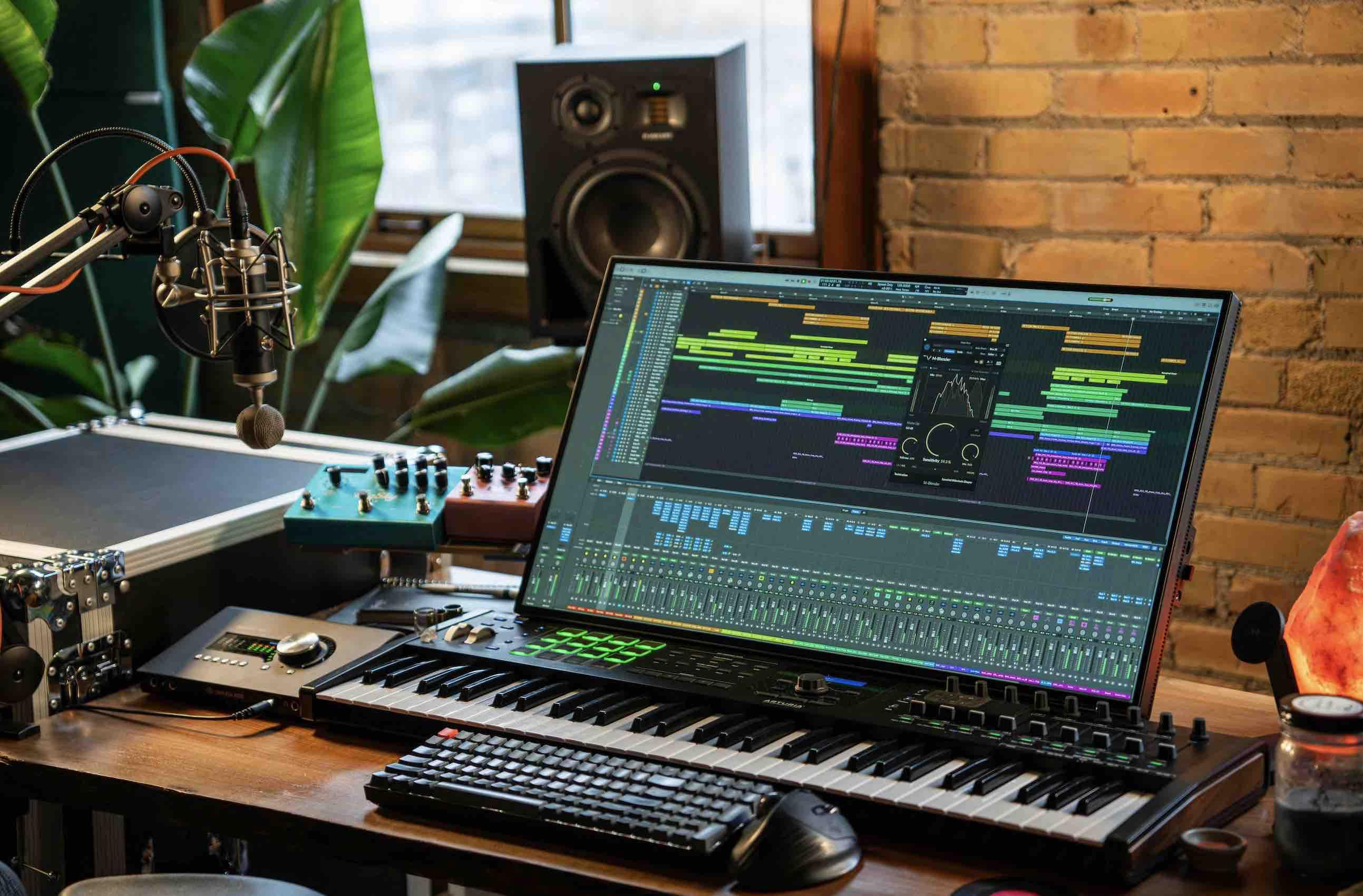
Editing and Producing Your Podcast: Step-by-Step Guide
Editing and producing your podcast is where the magic truly happens. It’s your chance to refine your content, ensuring that your message resonates with your audience. With the right tools and techniques, you can elevate your podcast from raw recordings to polished broadcasts that keep listeners coming back for more.
First, choose the right editing software. There are several options available, each with unique features suited for different skill levels:
- Audacity: A free and user-friendly option for beginners.
- Adobe Audition: A professional-grade software with advanced editing capabilities.
- GarageBand: Ideal for Mac users, combining ease of use with powerful features.
Once you have your software ready, it’s time to dive into the editing process. Here are some essential steps to follow:
- Import Your Audio: Load your audio files into the editing software.
- Cut and Trim: Remove any unnecessary content or mistakes, ensuring a smooth flow of conversation.
- Add Effects: Consider adding effects like noise reduction, equalization, and compression to enhance audio quality.
- Insert Music and Sound Effects: Use royalty-free music and sound effects to add depth and enjoyment to your episodes.
After editing, the next step is to produce your podcast for distribution. Keep in mind the following:
| Step | Details |
|---|---|
| Export Your Episode | Save your podcast in an appropriate format, typically MP3 for audio quality and size. |
| Write Show Notes | Create a summary of the episode, including key points and guest information. |
| Choose a Hosting Platform | Select a reliable podcast hosting service to distribute your episodes. |
don’t forget to promote your podcast! Utilize social media, email newsletters, and collaborations with other podcasters to reach a wider audience. Engaging with your listeners through feedback and discussions can also foster a loyal community around your podcast.
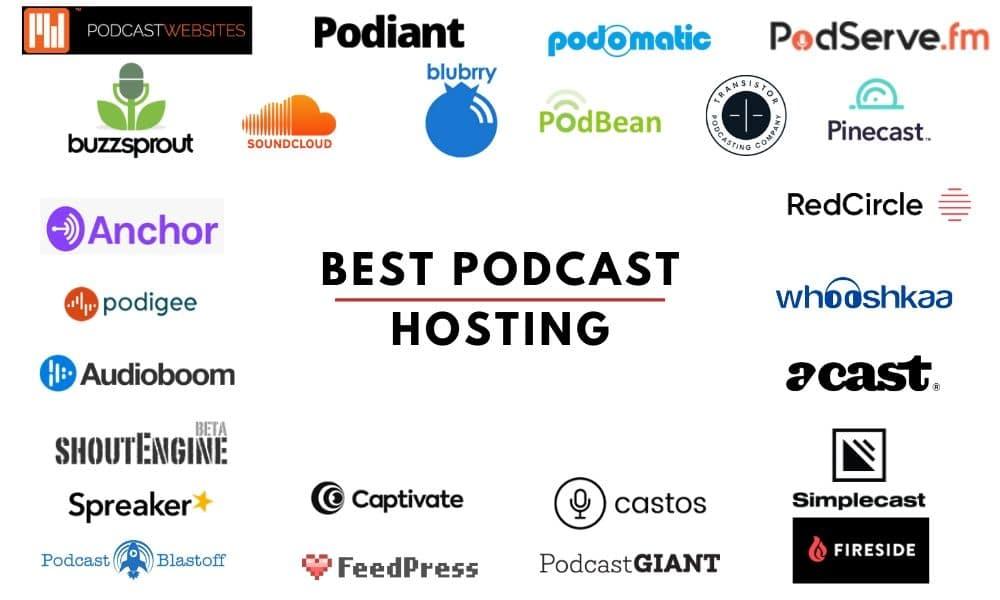
Hosting and Distribution: Getting Your Podcast Out Into the World
Once you’ve created your podcast, the next crucial step is ensuring that it reaches your audience. Hosting and distribution play a vital role in getting your podcast into the ears of eager listeners. The good news is that there are numerous platforms and services designed to make this process seamless and efficient.
First and foremost, you need a reliable podcast hosting service. This is where your audio files will live, and it’s important to choose a host that not only supports your current needs but also scales with you as your audience grows. Look for a provider that offers:
- Unlimited storage and bandwidth
- Easy-to-use interface for uploading episodes
- Built-in analytics to track listener engagement
- Automatic distribution to major podcast directories
Once your episodes are hosted, the next step is to ensure they are distributed to popular platforms such as Apple Podcasts, Spotify, and Google Podcasts. Most podcast hosting services simplify this process by providing one-click distribution options. However, it’s beneficial to manually submit your podcast to these directories for added visibility. Here’s a quick overview of how to get started:
| Platform | Submission Requirements |
|---|---|
| Apple Podcasts | RSS feed, podcast artwork, and description |
| Spotify | RSS feed, podcast name, and category |
| Google Podcasts | RSS feed and website link |
don’t overlook the importance of promoting your podcast. Share new episodes on your social media channels, create an email newsletter, and connect with other podcasters for guest appearances. Engaging with your audience through comments and feedback will help build a community around your podcast, leading to organic growth and increased listenership.
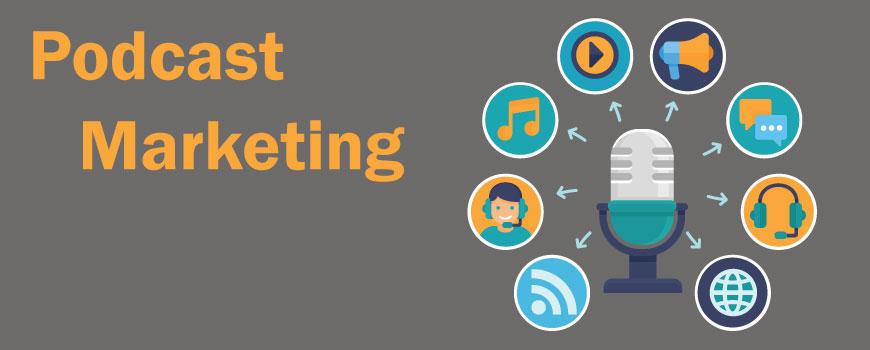
Marketing Your Podcast: Strategies to Build Your Listener Base
Building a listener base for your podcast can feel like an uphill battle, but with the right strategies, you can cultivate a loyal audience eager for your content. Here are some effective tactics to help you market your podcast:
- Leverage Social Media: Utilize platforms like Instagram, Twitter, and Facebook to promote episodes. Create engaging content such as short audio clips, behind-the-scenes videos, or eye-catching graphics that highlight key moments.
- Engage with Your Audience: Encourage listeners to share their thoughts and feedback. Respond to comments and messages, and consider creating a dedicated space like a Facebook group for your community to interact.
- Collaborate with Other Podcasters: Reach out to fellow podcasters for guest appearances or cross-promotions. This not only exposes your podcast to new listeners but also builds relationships within the podcasting community.
Don’t underestimate the power of traditional marketing techniques. Consider the following:
| Technique | Description |
|---|---|
| Email Marketing | Build an email list to notify subscribers about new episodes, exclusive content, or special events. |
| SEO Optimization | Optimize your episode titles and descriptions with relevant keywords to improve discoverability on podcast platforms. |
| Networking | Attend industry events and join podcasting forums to connect with potential listeners and industry influencers. |
never underestimate the impact of consistency and quality. Publish episodes on a regular schedule to keep your audience engaged. Invest in good audio equipment and editing software to ensure your podcast sounds professional. A polished product enhances credibility and encourages listeners to return for more.
marketing your podcast is about blending creativity with strategy. Embrace every opportunity to showcase your unique voice and connect with your audience. The more dedicated you are to promoting your podcast, the more your listener base will grow.
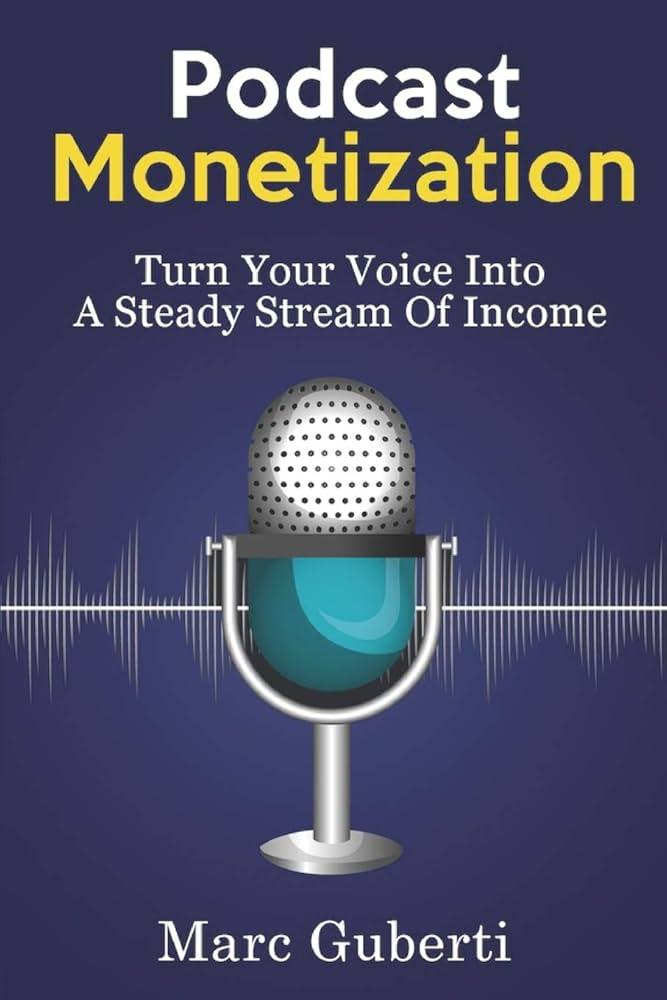
Monetizing Your Podcast: Opportunities and Best Practices
Turning your passion for podcasting into a profitable venture is not just a dream—it’s entirely achievable with the right strategies in place. As you forge your path in the podcasting realm, consider the various monetization avenues available to you. Here are some opportunities to explore:
- Sponsorships and Advertising: Partnering with brands can be incredibly lucrative. Many companies are eager to reach your niche audience, and they’ll pay for ad spots in your episodes.
- Listener Donations: Platforms like Patreon allow your audience to support you directly. Offer exclusive content or perks to incentivize contributions.
- Merchandising: Use your brand to create merchandise, such as t-shirts, mugs, or digital products that resonate with your audience.
- Affiliate Marketing: Promote products or services and earn a commission for each sale made through your referral.
- Live Events: Host live shows or workshops to engage directly with your listeners while generating revenue through ticket sales.
Implementing best practices is crucial for effective monetization. To maximize your podcast’s earning potential, keep these tips in mind:
- Know Your Audience: Understand who listens to your podcast and what they value. Tailor your content and sponsorships to align with their interests.
- Consistency is Key: Regularly releasing episodes helps build a loyal listener base, which is attractive to potential sponsors.
- Engagement: Foster a community around your podcast. Engage with your listeners through social media or dedicated forums to strengthen their connection to your brand.
- Quality Content: Always prioritize audio quality and content relevance. High-quality production can set you apart from the competition.
- Track Performance: Utilize analytics tools to monitor which episodes generate the most interest and revenue to refine your strategy.
To illustrate the potential revenues from various monetization methods, consider the following table:
| Monetization Method | Potential Earnings |
|---|---|
| Sponsorships | $25 – $50 per CPM |
| Listener Donations | $5 – $100+ per month |
| Merch Sales | Varies widely |
| Affiliate Links | 5% – 30% commission |
| Live Events | $1,000 – $10,000+ per event |
By exploring these monetization opportunities and adhering to best practices, you’ll not only enhance the sustainability of your podcast but also create a thriving enterprise that resonates with your audience. Embrace the journey of podcasting, and let your unique voice shine through while building a rewarding income stream!
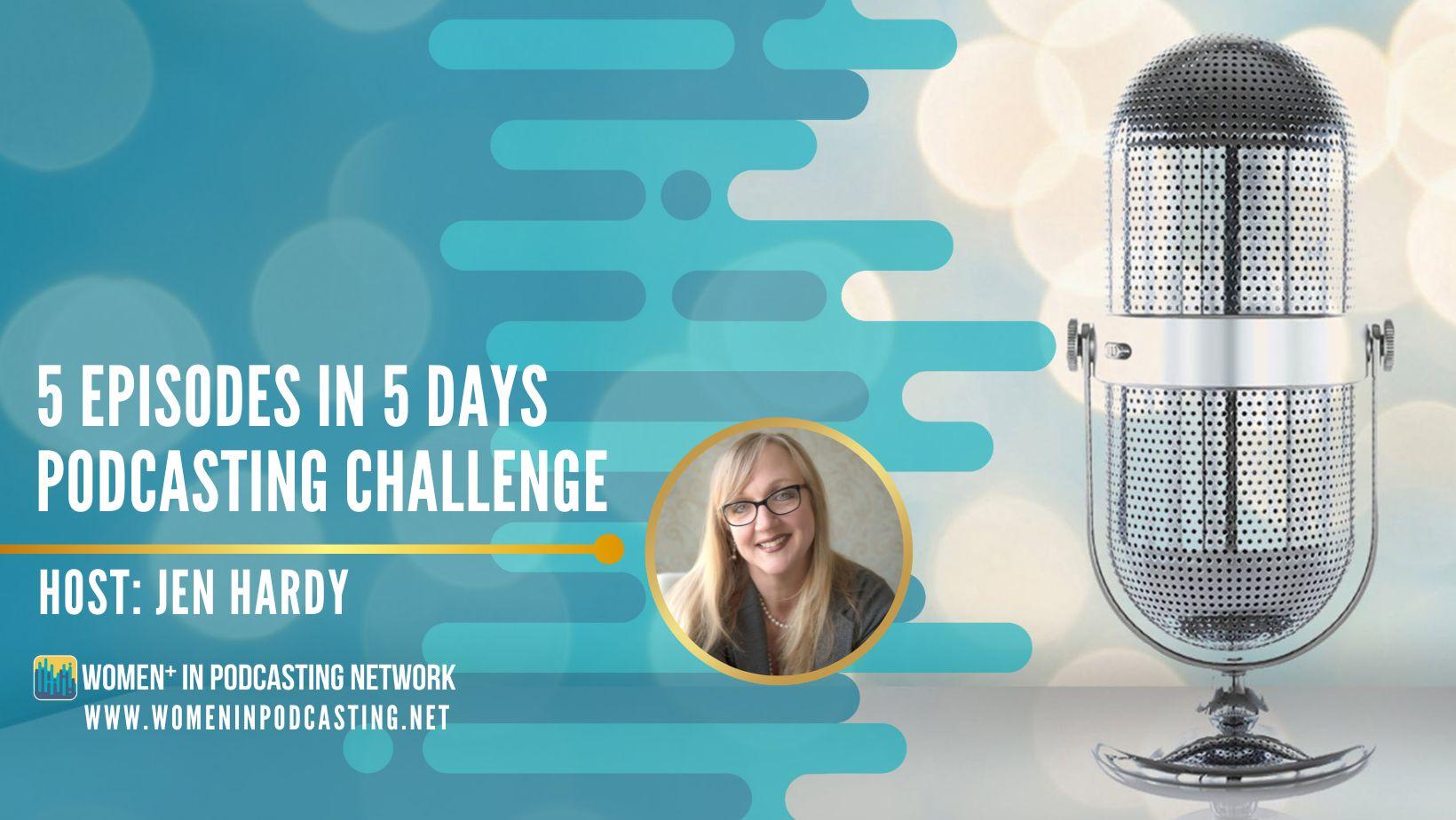
Troubleshooting Common Podcasting Challenges: Expert Advice
Overcoming Technical Hurdles
One of the most common challenges podcasters face is technical issues. Whether it’s poor audio quality, software glitches, or equipment malfunctions, these problems can derail your recording process. Here are some tips to keep in mind:
- Test Your Equipment: Before each recording session, do a quick test to ensure your microphone, headphones, and recording software are working properly.
- Invest in Quality Gear: A good microphone and headphones can dramatically improve your sound quality. Consider upgrading if you’re using entry-level equipment.
- Use Reliable Software: Choose recording and editing software that is known for its stability and user-friendly interface.
Dealing with Time Management
Finding the time to plan, record, and edit your podcast can feel overwhelming, especially for busy creators. Here’s how to manage your podcasting schedule effectively:
- Create a Content Calendar: Outline your episodes in advance, which helps streamline your process and hold you accountable.
- Batch Record Episodes: Set aside dedicated time to record multiple episodes at once, minimizing setup and takedown time.
- Set Realistic Goals: Aim for consistency rather than perfection. It’s better to release episodes regularly than to stress over making each one flawless.
Audience Engagement Struggles
Building and maintaining an engaged audience can be tricky. Here’s how to foster a loyal listener base:
- Encourage Feedback: Ask for listener input through social media or your website. Engaging with your audience will make them feel valued.
- Create Compelling Content: Focus on topics that resonate with your audience. Use surveys to gauge their interests and tailor your content accordingly.
- Utilize Social Media: Promote your episodes on various platforms and interact with listeners to boost visibility and engagement.
Overcoming Marketing Barriers
Many podcasters find marketing their show to be a daunting task. Here are some strategies to increase your podcast’s reach:
- Leverage SEO: Optimize your episode titles and descriptions with relevant keywords to enhance discoverability on platforms like Apple Podcasts and Google.
- Collaborate with Other Podcasters: Cross-promote with similar shows to tap into their audience and gain new listeners.
- Utilize Email Marketing: Build an email list to keep your listeners informed about new episodes, behind-the-scenes content, and exclusive offers.
Frequently Asked Questions (FAQ)
Q&A: What is a Podcast & How Does it Work? (Ultimate Guide)
Q1: What exactly is a podcast?
A1: Great question! A podcast is essentially a series of spoken-word content, interviews, or discussions that you can listen to on-demand. Think of it as your own portable radio show! You can access podcasts on various platforms like Spotify, Apple Podcasts, or even directly from websites. They’re an engaging way to absorb information, entertainment, or storytelling while you’re on the go—whether you’re commuting, working out, or just relaxing at home.
Q2: How does a podcast work?
A2: Podcasts operate using a straightforward system. Creators record episodes and then upload them to a hosting platform. This platform stores the files and generates an RSS feed—a special URL that allows podcast directories and apps to access the episodes. Listeners subscribe to the show via their favorite podcast app, and new episodes automatically download or stream to their device. It’s as simple as that! You get to enjoy fresh content without lifting a finger.
Q3: Why should I listen to podcasts?
A3: Why not? Podcasts offer a treasure trove of knowledge and entertainment! They cover virtually every topic under the sun—true crime, self-improvement, technology, history, and more. Plus, you get to hear diverse perspectives from experts and enthusiasts alike. Podcasts allow you to multitask, so you can learn something new while doing chores or during your daily commute. It’s like having a personal tutor or entertainer in your pocket!
Q4: How much does it cost to listen to podcasts?
A4: Here’s the best part—most podcasts are absolutely free! Creators often monetize through ads or sponsorships, but there are countless shows you can enjoy without spending a dime. Some platforms also offer premium content for a subscription fee, but the basics are available to everyone. So why not dive in and explore what’s out there?
Q5: What equipment do I need to start my own podcast?
A5: If you’re inspired to start your own podcast, you don’t need to break the bank! At the very least, a decent microphone and a computer will get you started. Many podcasters use simple editing software to polish their episodes, and some even record directly on their smartphones. The key is to focus on quality content and a clear message. The more authentic your passion shines through, the more your audience will connect with you!
Q6: How do I find podcasts that interest me?
A6: Finding the right podcast is easier than you think! Most podcast platforms have search and category features that let you explore based on your interests. You can check out recommendations from friends, browse popular charts, or even join social media groups dedicated to podcast lovers. Don’t hesitate to try out a few different shows until you find the ones that resonate with you!
Q7: Are podcasts only for entertainment?
A7: Absolutely not! While many podcasts are designed for pure entertainment, there are also numerous educational and informative shows covering everything from personal finance to mental health. You can use podcasts to learn new skills, stay updated on current events, or even delve into your favorite hobbies. The possibilities are endless, making podcasts a fantastic resource for both leisure and learning!
Q8: How often do new podcast episodes come out?
A8: It varies by show! Some podcasts release new episodes weekly, while others may drop episodes daily or bi-weekly. Many creators follow a consistent schedule, which helps loyal listeners know when to tune in. If you find a podcast you love, you can always subscribe to stay updated on their latest releases!
Q9: Can I interact with podcast creators?
A9: Yes, many podcast creators enjoy engaging with their listeners! You can often find them on social media, where they encourage feedback and questions. Some even host live Q&A sessions or have dedicated community spaces like forums or Discord channels. Your thoughts and opinions matter, so don’t hesitate to reach out and become part of the podcast community!
Q10: Why should I start my own podcast?
A10: Starting a podcast can be an incredibly rewarding experience! It allows you to share your voice, connect with like-minded individuals, and establish your expertise in a particular field. Plus, it’s a fantastic way to hone your communication skills and express your creativity. If you have a passion or a story to tell, why not share it with the world? You never know who might resonate with your message!
Podcasts are more than just a trend—they’re a powerful medium that can educate, inspire, and entertain. So, whether you’re a listener or a budding creator, the world of podcasts is waiting for you to explore!
Insights and Conclusions
Conclusion: Dive into the World of Podcasts!
And there you have it—the ultimate guide to understanding what a podcast is and how it works! Whether you’re a seasoned listener or someone who’s just curious, the world of podcasts is brimming with opportunities for entertainment, education, and inspiration.
Imagine having a variety of voices and stories at your fingertips, ready to accompany you during your commute, workout, or quiet evening at home. With such a diverse range of topics and styles, there’s truly something for everyone. So why not take the plunge?
Start exploring podcasts that resonate with your interests, and you may just discover your new favorite source of information or a community of like-minded individuals. And if you’re feeling inspired, why not create your own podcast? Share your passion, connect with others, and add your unique voice to this ever-growing medium.
We hope this guide has sparked your curiosity and provided you with the knowledge to navigate the exciting landscape of podcasts. So go ahead, hit that play button, and immerse yourself in the rich tapestry of stories waiting to be told. Happy listening!

